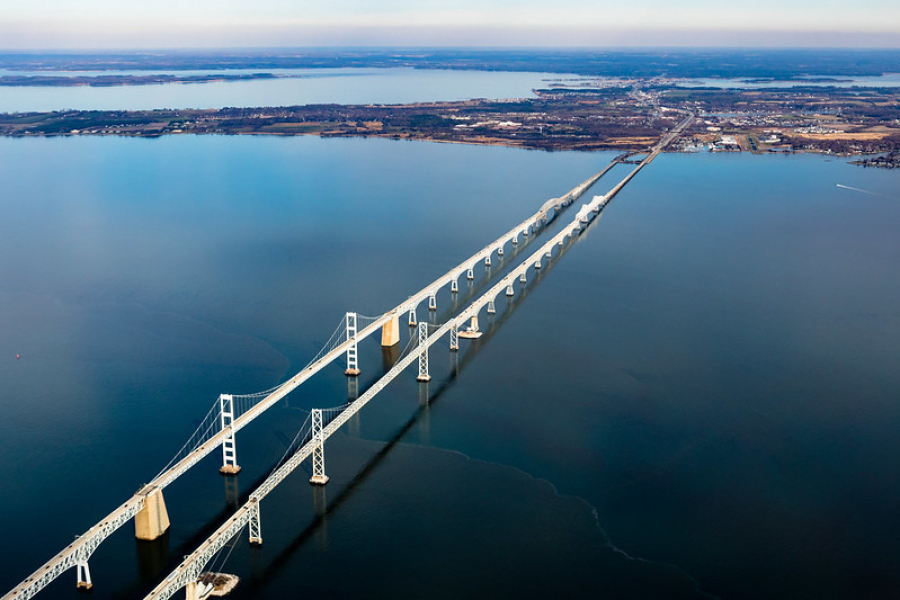Independent study evaluates why progress in achieving Bay water quality goals is lagging
The report by the Chesapeake Bay Program’s Scientific and Technical Advisory Committee offers options on how restoration can be accelerated

The report by the Chesapeake Bay Program’s Scientific and Technical Advisory Committee offers options on how restoration can be accelerated
